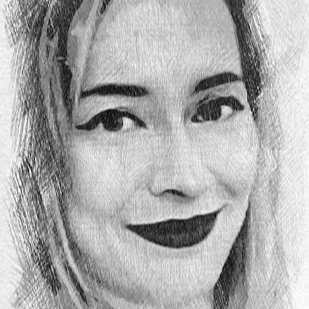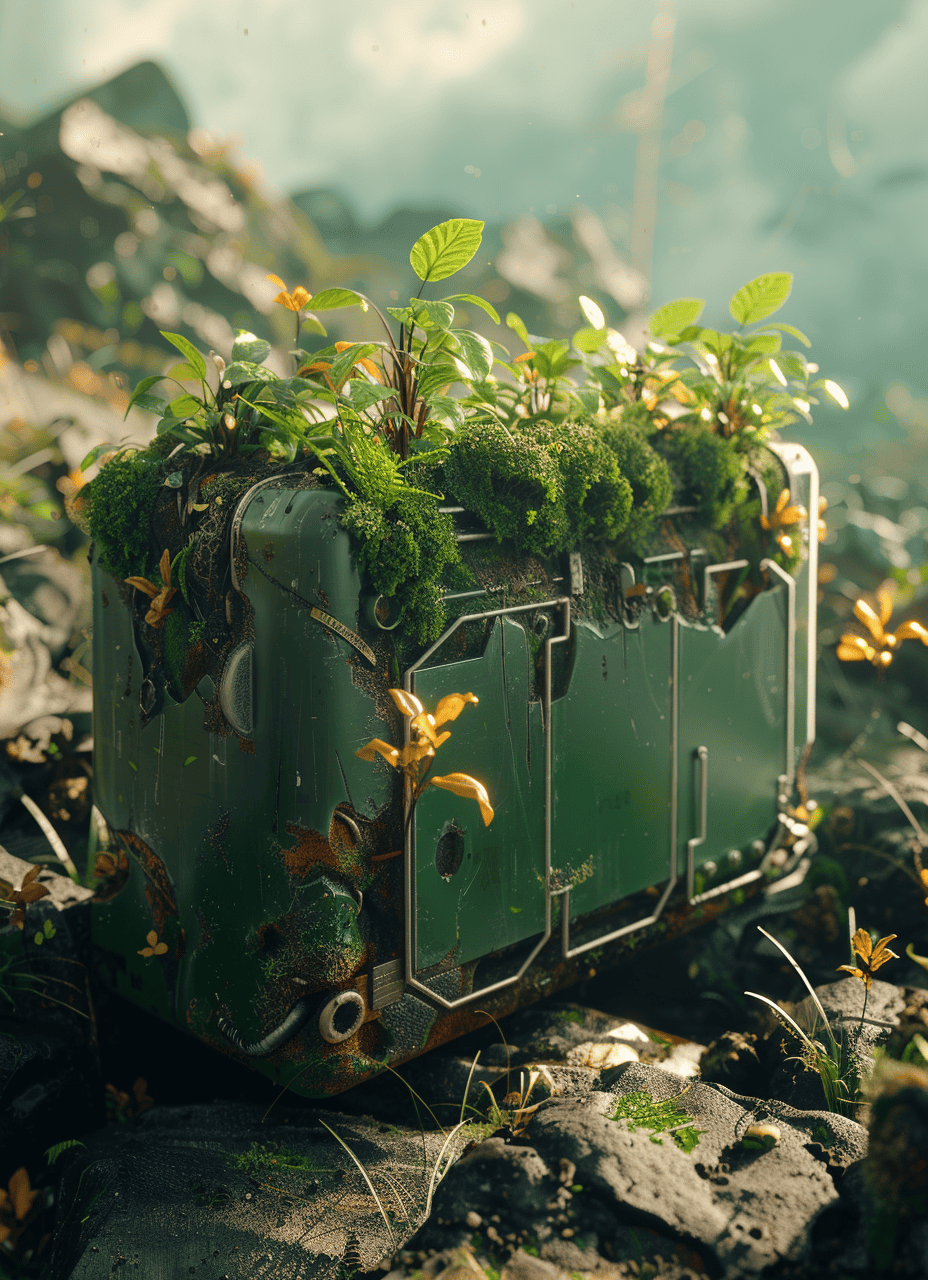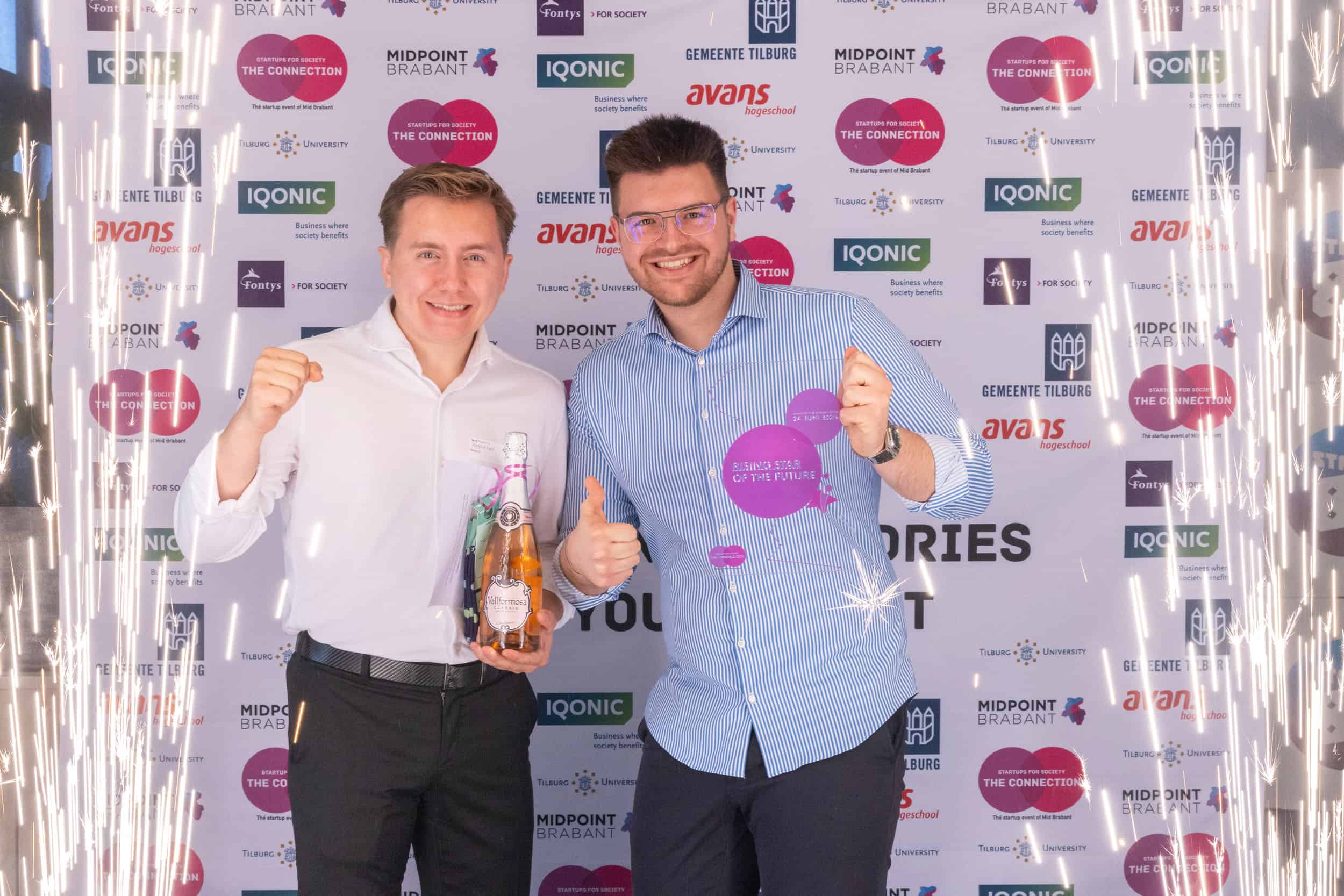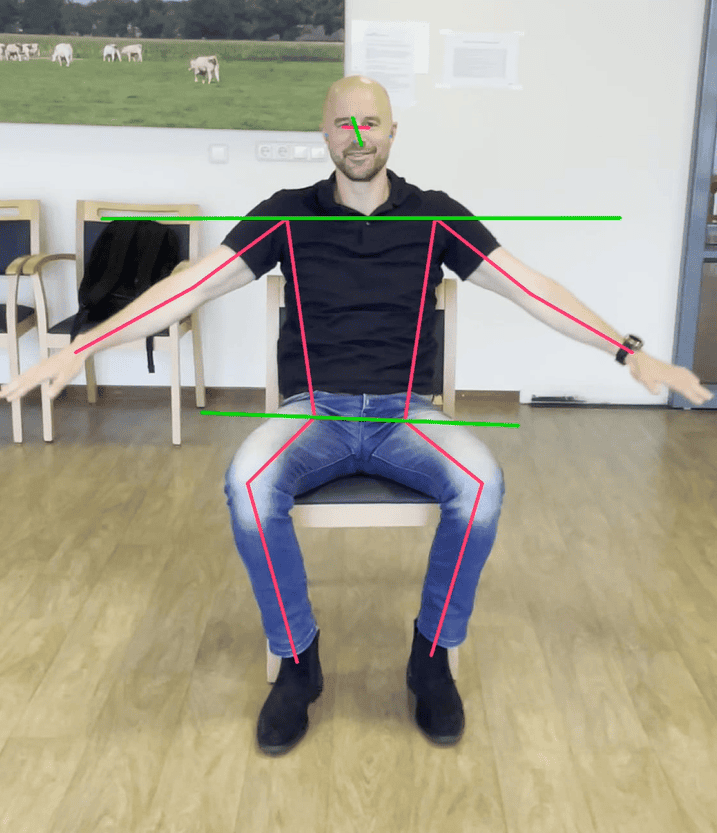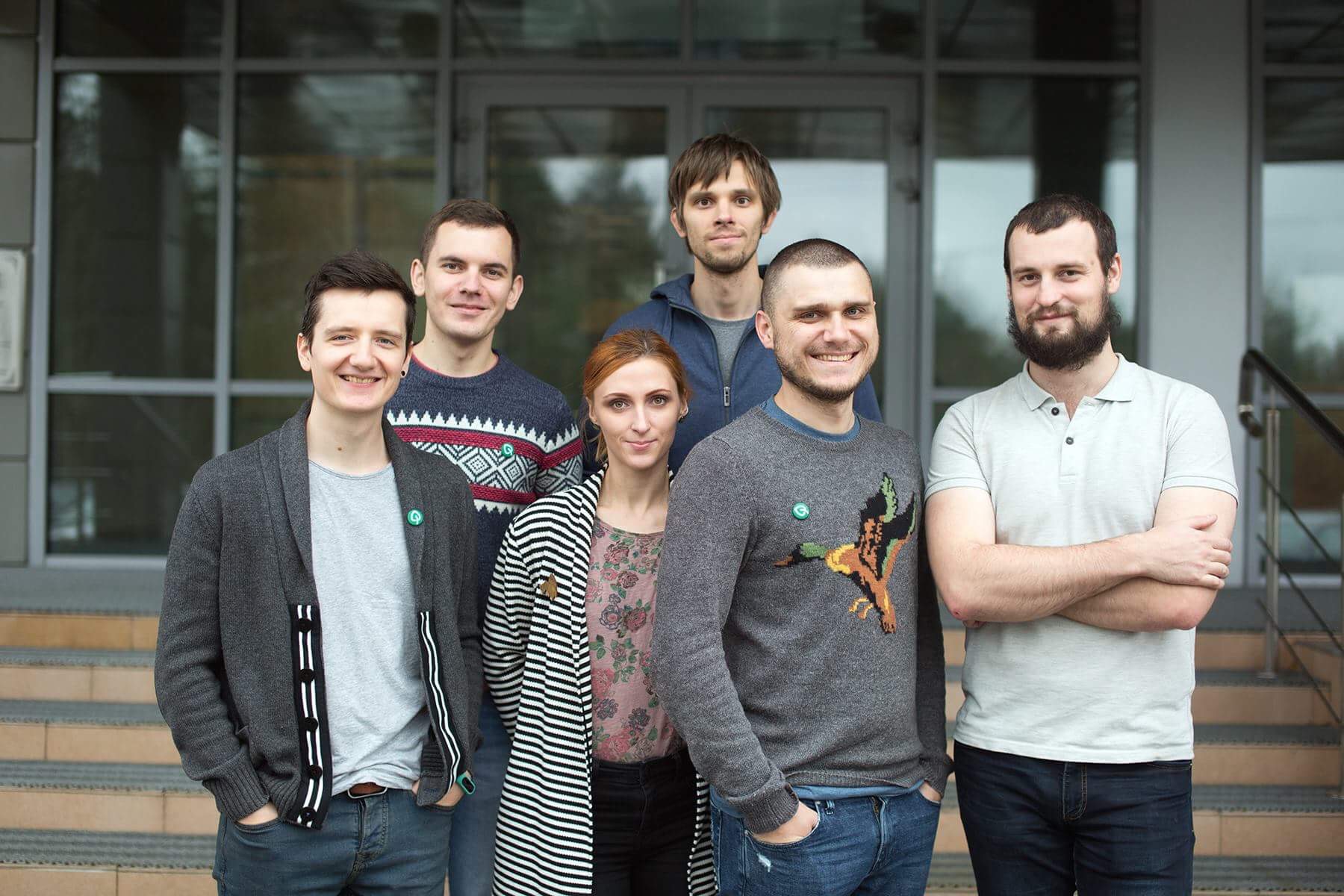
OneSoil is based in Minsk, Belarus. The goal of the company is to create technology that will be available to farmers all over the world. “Currently, most of the technologies for agriculture are way too expensive or too unfamiliar for the farmers to use. We are making them more accessible and convenient,” says Sasha Yakovlev, CPO of OneSoil. “When farmers don’t own any special onboard computers or expensive fertilizer distributors, they can download our app and use it for free.” Products from OneSoil are the Scouting mobile app for field monitoring and the web app that helps to calculate fertilizers for variable rate application.

What is OneSoil’s business model?
OneSoil can also detect crops and their field boundaries using machine learning and AI. Moreover, we can provide analyses of field images each year if any satellite photos taken during the years in question are available. For example, we can gain information about what kind of fields were in France 4 years ago and what was growing in those fields. We are the first company in the world who found out how to carry out field image recognition on a global scale.
We offer a free web platform for farmers. When people use our app, they enter data about their fields into our platform. When was the crop sown? What did the crop look like? When was it harvested? We use this data internally for training the models to be able to detect fields more accurately. Then we sell our data set on field detection. This is the main way how our company earns money.
We have detected all the fields in Europe and the USA. We sell this data to major corporations and governments. For our customers, it’s an extra source of independent data and statistics on agriculture in any specific region. They receive these statistics from farmers, except that that’s not always precise. Our data tends to be more accurate.
What motivated you to start OneSoil?
When I just started working at OneSoil, I was extremely interested in the interconnection between technology and agriculture. However, at that time I knew very little about agriculture and just thought about the stereotypes. It seemed to me that agriculture was an area with a minimal of technology. Usually, when technology comes into a new field, it brings optimization and automation to its processes. Those were the things that I wanted to introduce to agriculture – and that’s what we’re doing now at OneSoil.
What kind of problems do you resolve?
We believe that we help solve environmental problems on a global scale such as the unsustainable use of fertilizers. Not everyone understands how to calculate fertilizer application rates. Often people use more fertilizer than necessary. These fertilizers leak into the ground water which in turn damages the ecosystems. We have a solution that prevents this.
Previously a field was viewed as a single unit with a set standard for the work that farmers carry out on it. We view a field as something made up of various small elements. Fields have varying chemical compositions, various forms and they should be treated in different ways. For instance, when it comes to the calculation of fertilizer rates in a particular area of the field. This is called precision farming. We want to enable people to do this in an affordable way.
Another global problem is the limited amount of fertile ground on our planet. Our goal is to feed the growing population of the earth using that ground in an efficient way with the help of our technologies.
On a very local level, we help individual farmers save time and money with our OneSoil technologies. When people become more efficient at their work, they usually become happier.
What is the biggest obstacle that you needed/will need to overcome?
In the very beginning, it was hard for us to understand which way we should go and what we should do. Maybe we’re lucky: what we were doing during the early stages of our work, we were doing right. This has delivered us around 100,000 users of our products.
The obstacle that we need to overcome today is the insufficient development of the market – as technologies are making their way into agriculture quite slowly. Our goal, among others, is to inform farmers about our technology in easily-understood terms. We show farmers that precision farming is not rocket science – it is something that people can learn step by step. And step one is to download the OneSoil app. Step two is to learn how to calculate fertilizer rates if farm machinery is available and so on. We assist farmers whenever they need help with using our OneSoil technology.
It was challenging for us to bring our solutions to agriculture because farmers were not prepared to pay for our technology. So we decided that our approach would be to make our solutions available for free. We want to educate farmers this way and make precision farming more accessible. We started our work in Europe, South America and Ukraine – there are plenty of people there who are motivated to start using technologies in agriculture.
Which accomplishments have made you proud of your work?
We have achieved several things. We are the first company who were able to detect fields form space on a global scale.
The second achievement is related to our main product – the OneSoil platform. I think it became successful due to several reasons: our innovative business model, our free products and our right tone of voice when communicating our ideas to farmers. Within two years, we have expanded significantly with the data from our users. Now I think we have more data on fields than any other company in the world.
What can we expect from you in the near future?
Our ultimate goal is to detect all the fields in the world, to have data on every year so as to understand what the agriculture of our world looks like in terms of fields.
We are going to expand in the near future. Soon there will be one million farmers who will be using our applications.
What is the ultimate goal of OneSoil?
We want OneSoils app to be on every farmer’s smartphone. This is our way to help agriculture to develop further.


